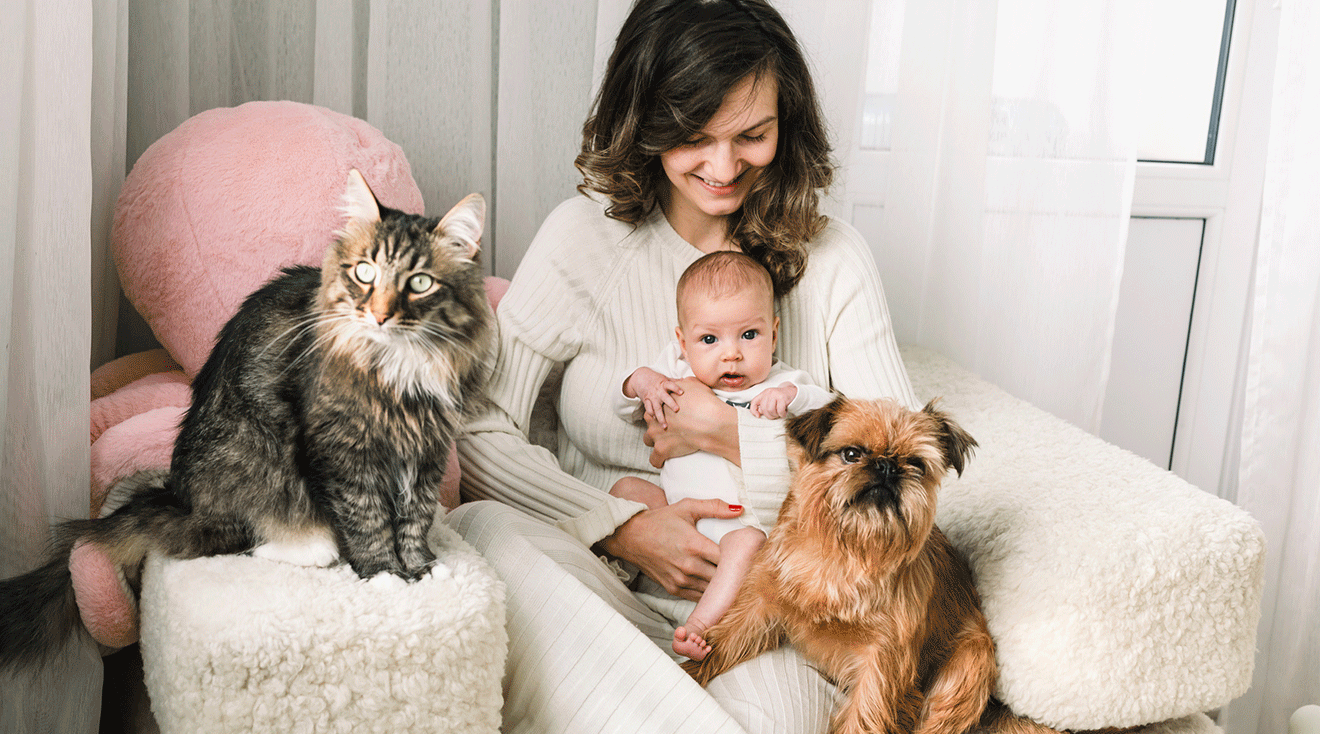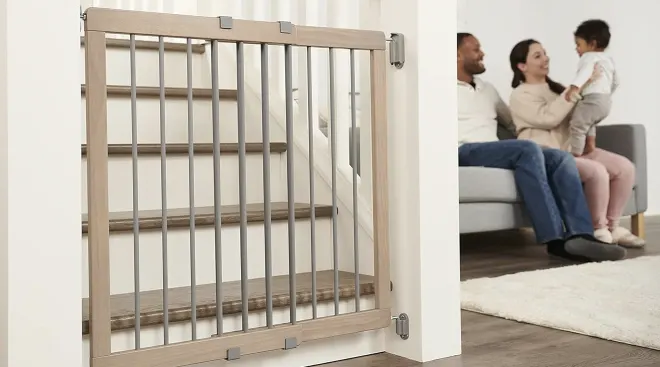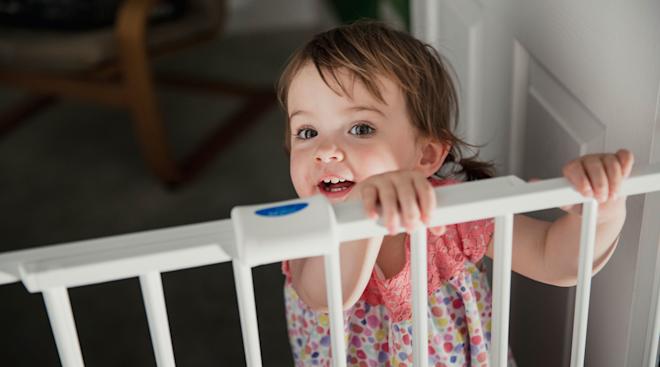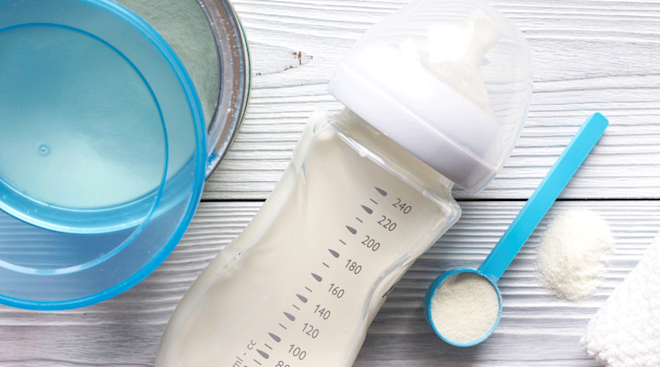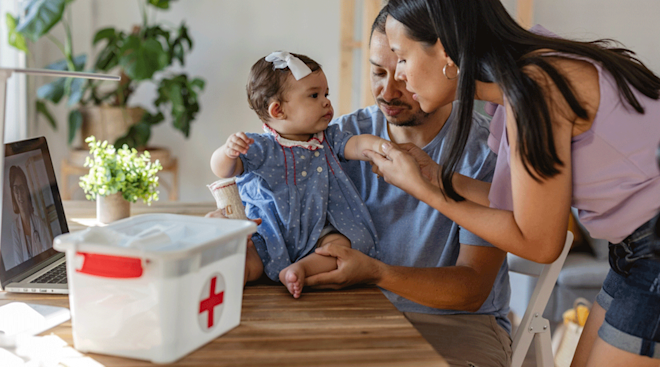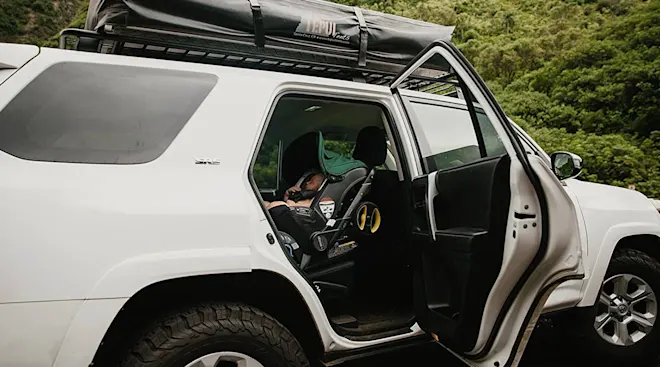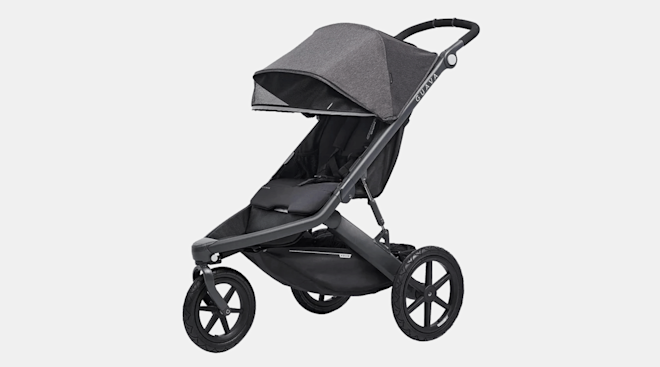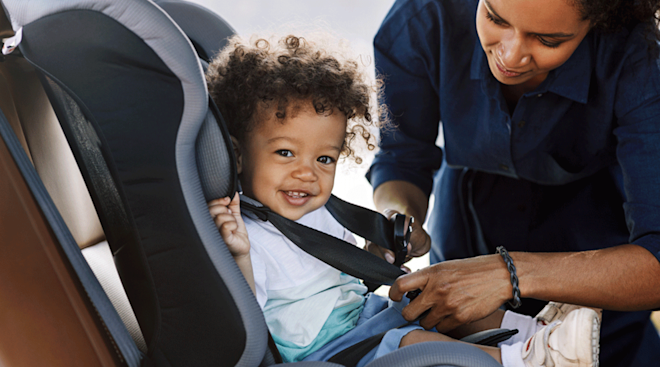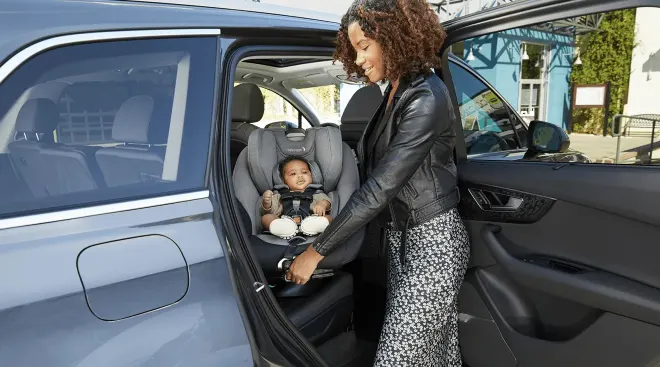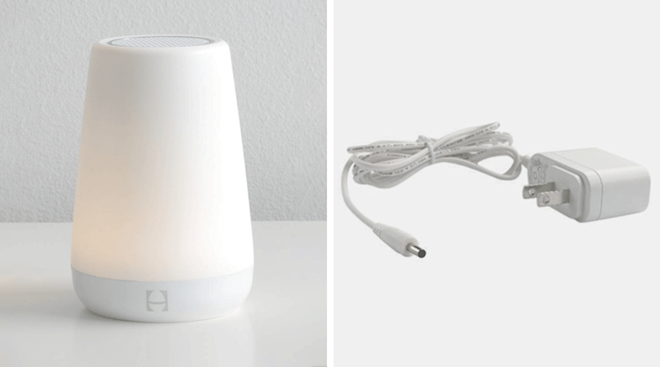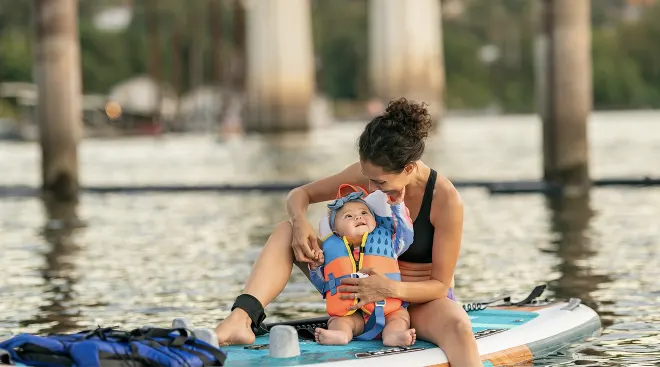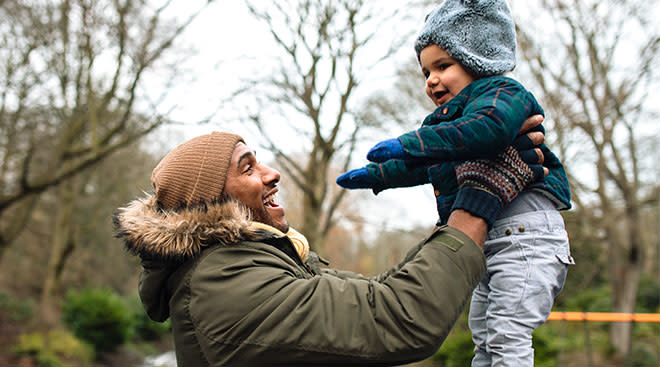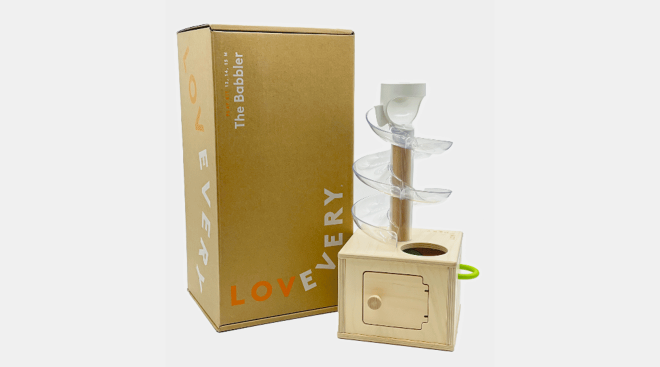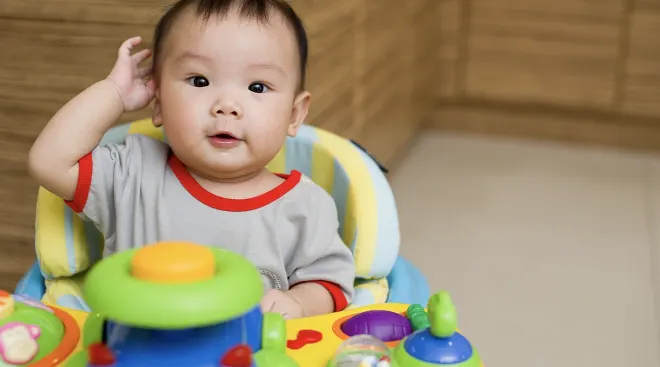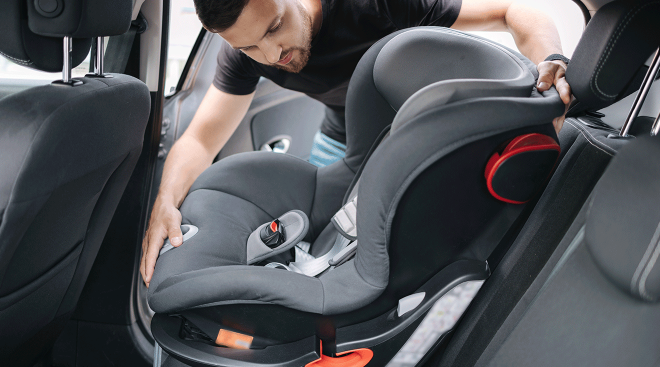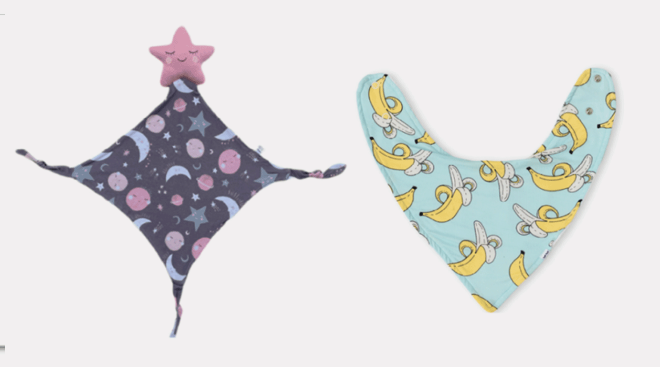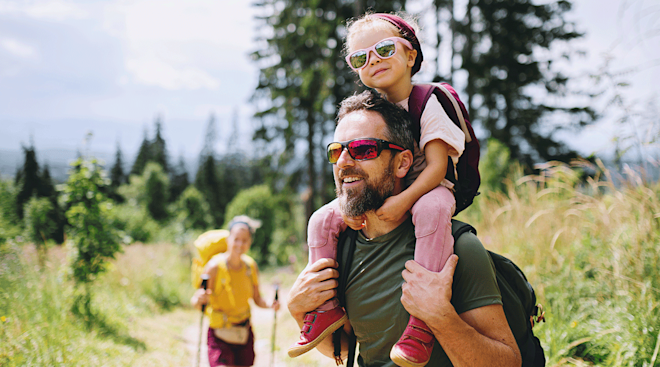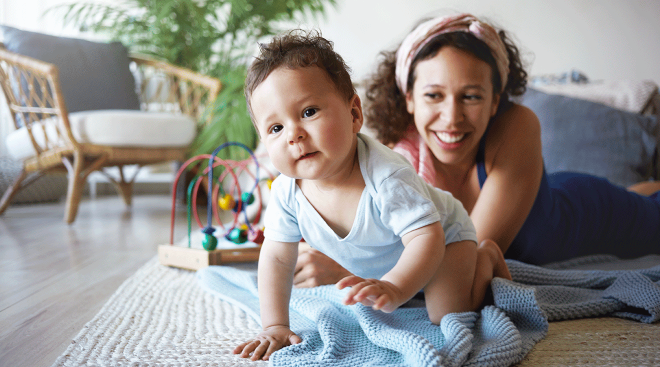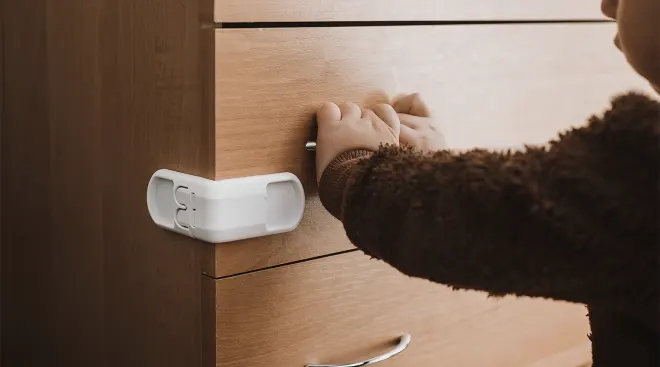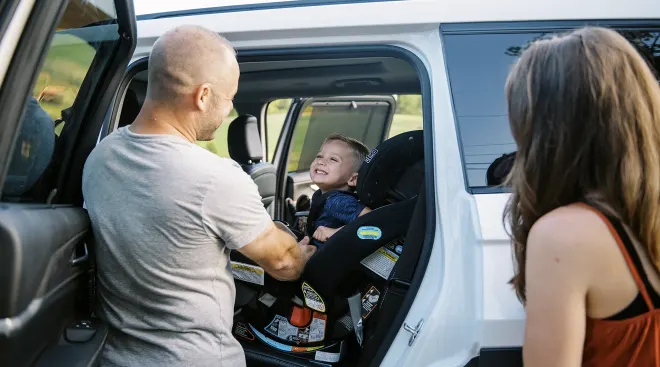Tips for Keeping Baby Safe Around Your Pets
The bond between you and your pet is special. You know their favorite games, how they like to be pet and how they interact with other animals–but will you know how they’ll respond to baby? A newborn brings a ton of change into the home, and your pet will definitely pick up on that. Plus, as babies get older and learn to grasp and pull, they’re not always gentle. Here, some top tips from experts to help your pet and baby cohabitate peacefully.
Your pet sees your home as their turf, so don’t expect them to immediately accept baby into it. “It can take two to three months for a dog to accept a new animal into a home, so you should assume the same for an infant,” says Sam Basso, a professional dog trainer and behaviorist in the Phoenix area.
Ease the transition by introducing your pet to baby slowly—this can help head off territorial behavior. “Greetings are extremely important for a dog to distinguish welcome visitors from unwelcome intruders,” says Basso. Start by bringing the dog to a neutral place, far from their home territory—like a local park—then let your fur baby sniff your newborn’s blanket and then introduce them to your child. Once your dog seems comfortable, you can move to step two, which is running through that same scenario again right outside your house, before you bring baby into the home.
A stressed dog could act out, so give your pet their own baby-free zone. “Having their own spot where children are instructed to leave the dog alone will encourage your pet to go there when they’ve had enough play and need a break,” says Lynn Buzhardt, DVM, veterinarian and coauthor of Can We Have One?: A Parent’s Guide to Raising Kids With Cats and Dogs. It doesn’t have to be anything elaborate—a cozy cat bed too high for little hands to reach or a favorite corner of a room with a soft blanket.
Pets can get a lot of (usually unintentional) abuse from small children. Teach your child the right way to treat animals in more ways than just saying “no” when your little one yanks your pet’s tail and ears. “Teach children how to interact with the animal by modeling it for them and helping them practice,” Buzhardt says. If your child hits the cat, take their hand and show them how to gently stroke its fur. Explain why they need to touch animals gently; even if your dog is a gentle giant, learning this can help a child be safer when encountering dogs on the street or friends’ pets on playdates.
Pretty much everything will revolve around your new baby, but don’t forget to give your fur baby the exercise and care they need. “If a dog is neglected, it can get jealous of baby, or become overly focused on baby,” says Basso. If you’re too exhausted to keep up with your usual walk or play schedule with your pet right now, cut yourself some slack—see if you can get a friend or dog walker to stop by and take your dog out for a stroll, or a neighborhood kid to play with your cat. “If you need a place to put the dog on those days when you’re exhausted, a local doggie day care is ideal,” Basso suggests. “The dog is getting exercised and socialized, and is getting more general stimulation—which means the dog will be calmer and easier to deal with.”
It doesn’t matter if your dog has the sweetest disposition or your kitty won’t hurt a fly—never, ever leave your baby or toddler and pet alone in a room together. “If the parent leaves the room, either the animal or the baby goes with,” Buzhardt says. (We know it’s hard, but it’s important!) It will be years before your child will be able to handle the pet on their own.
Please note: The Bump and the materials and information it contains are not intended to, and do not constitute, medical or other health advice or diagnosis and should not be used as such. You should always consult with a qualified physician or health professional about your specific circumstances.
Plus, more from The Bump:
Watch: Can Your Pet Predict Pregnancy?
Navigate forward to interact with the calendar and select a date. Press the question mark key to get the keyboard shortcuts for changing dates.
































